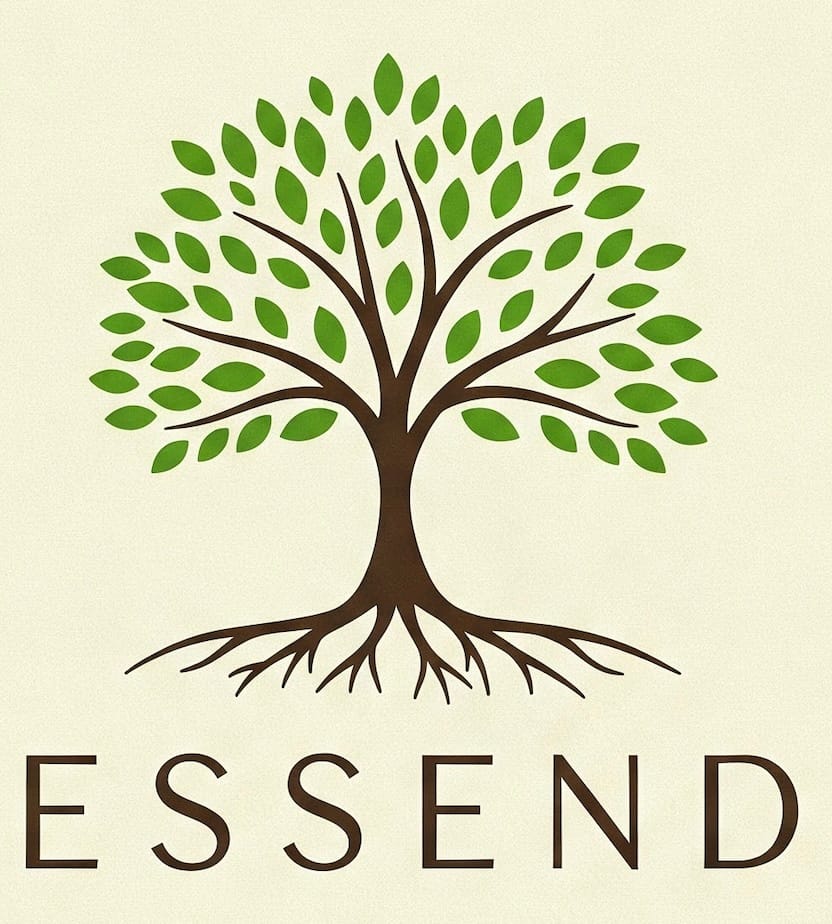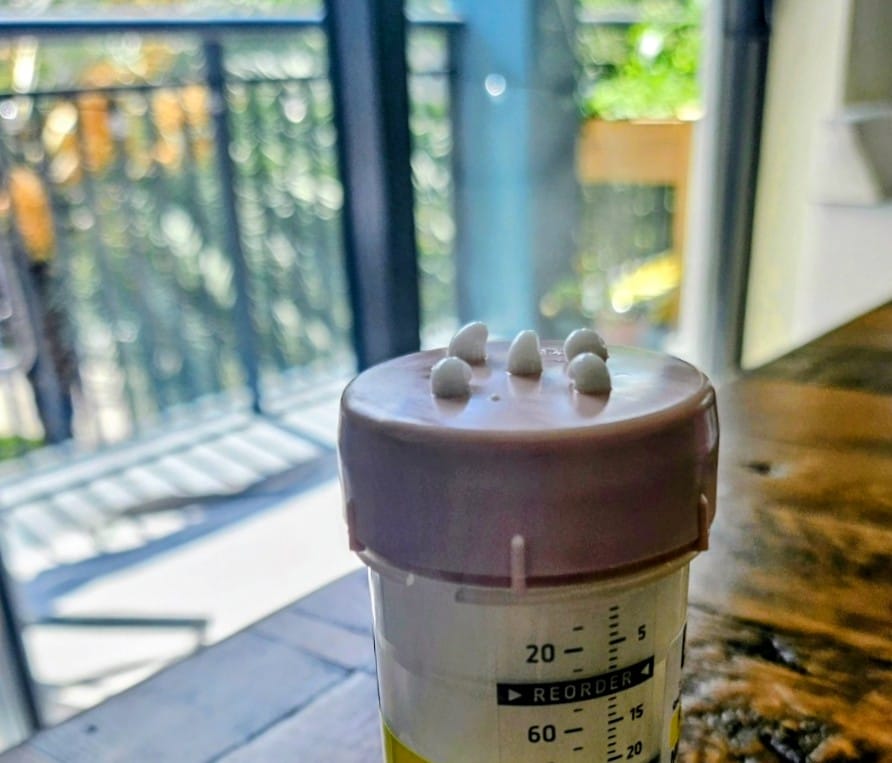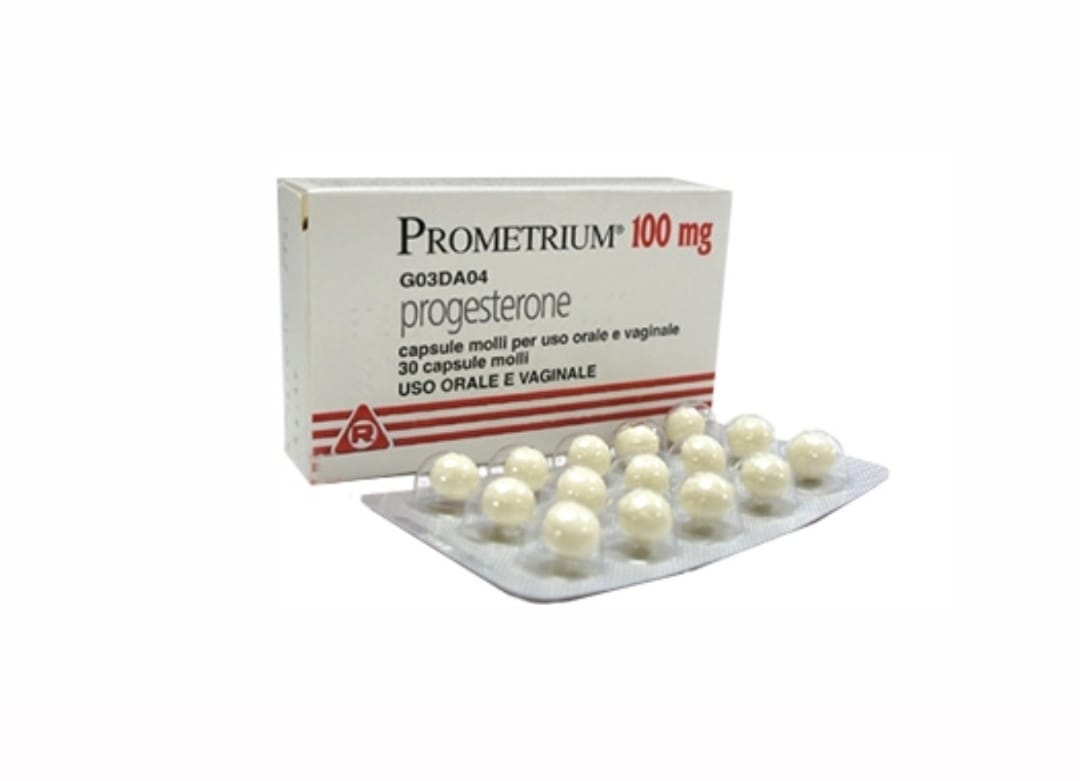Let's take a moment to delve into something truly important: our menstrual cycles and the profound impact they have on how we feel throughout each phase. To begin, let's review the basics of a typical menstrual cycle (when it's regular):
Understanding the Phases of the Menstrual Cycle:
- Follicular Phase: Starts on Day 1 of your period and continues until ovulation, typically around days 14-16.
- Ovulation (Mid-Cycle): Generally occurs around days 14-16 in a regular 28-day cycle.
- Luteal Phase: Begins immediately after ovulation (around day 16) and lasts until the day before your next period.
You've likely encountered simplified diagrams of the menstrual cycle that depict it as a smooth, even curve, like this one below:
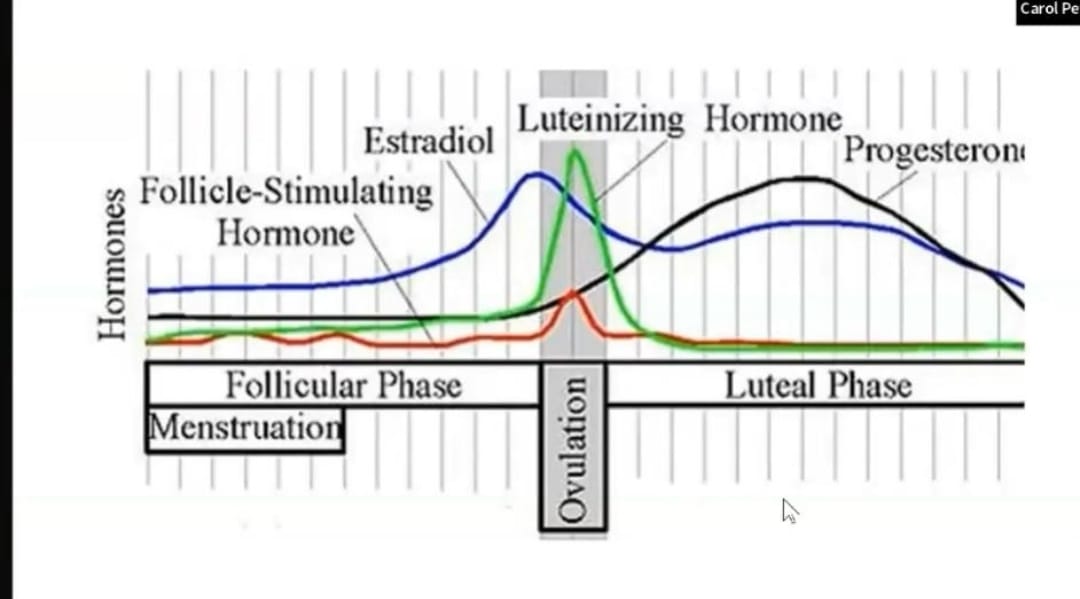
However, the reality is much more dynamic. It's more accurately represented like this one below:
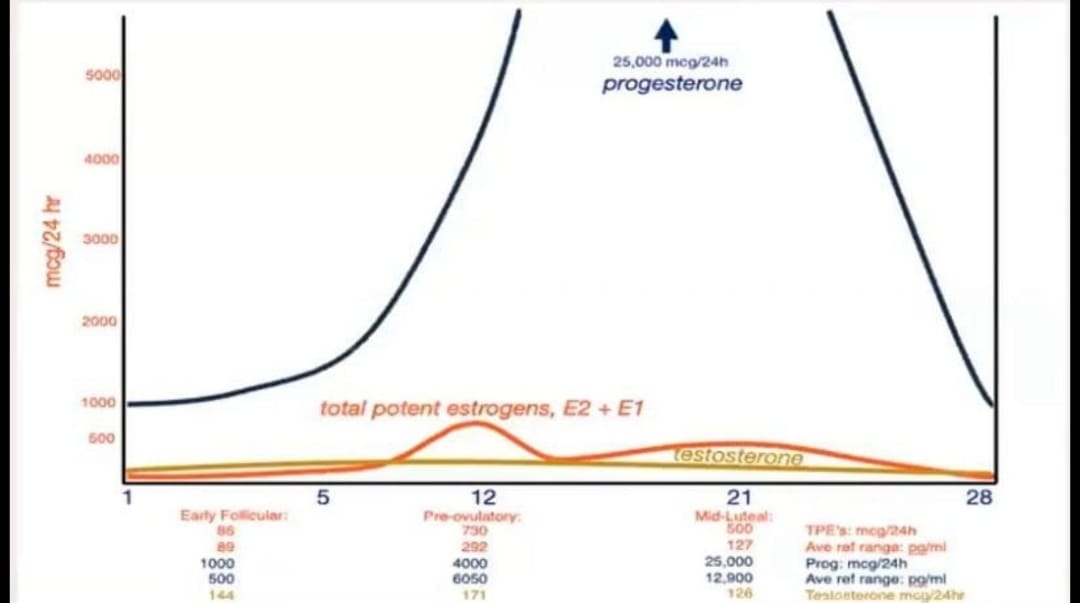
Notice that dramatic peak and sharp drop in progesterone? This exemplifies what truly occurs with progesterone during our cycles. The female body is inherently oriented towards reproduction, irrespective of conscious desires regarding childbearing. The various functions within the female system are fundamentally designed to create an environment conducive to potential human development. These cyclical hormone peaks and drops are essential for facilitating this complex biological process.
Let's take a moment for reflection. Consider your experiences over the years, from your first period until now (or your last period, if you're past that stage):
- When did you typically feel your lowest? Reflect on periods marked by emotional fluctuations, low energy, increased hunger, bloating, cramps, abdominal pain, or heightened anxiety and feelings of sadness. For many, this often occurs at the end of the luteal phase, when the progesterone peak subsides and estrogen levels also decrease, frequently resulting in PMS symptoms, mood swings, and fatigue. These symptoms can also persist into the first 1-5 days of the cycle due to ongoing low levels of estrogen and progesterone.
- Conversely, when did you typically feel your best? Think about times when you possessed ample energy for exercise, daily tasks, and work, feeling vibrant and clear-headed. Was this often around mid-cycle or days 10-14 when progesterone was adequately present, and estrogen levels were at their peak, providing a sense of vitality?
Now, let's examine some typical hormone reference ranges. Below are the typical estradiol and progesterone ranges for women as provided by Quest Diagnostics, a reputable clinical laboratory in the U.S. These ranges are generally considered standard within the United States.
Estradiol Reference Ranges (pg/mL):
- Follicular Phase (19-144 pg/mL): Commencing with menstruation and continuing until ovulation, estradiol levels gradually increase as follicles develop, preparing the uterine lining.
- Mid-Cycle (Ovulation) (64-357 pg/mL): The estradiol surge triggers ovulation, marking the cycle's highest point, often accompanied by feelings of energy.
- Luteal Phase (56-214 pg/mL): Following ovulation, estradiol levels remain moderately elevated alongside progesterone (prior to dropping), further supporting the uterine lining.
- Postmenopausal (≤ 31 pg/mL): Significantly lower levels indicate the decline in estradiol after menopause when ovarian production diminishes.
Progesterone Reference Ranges (ng/mL):
- Follicular Phase (< 1.0 ng/mL): Progesterone levels are low during the cycle's initial phase.
- Luteal Phase (2.6-21.5 ng/mL): Post-ovulation, progesterone levels increase to help maintain the uterine lining-prior to plummeting.
- Postmenopausal (< 0.5 ng/mL): Similar to estradiol, progesterone levels markedly decrease post-menopause.
A Critical Discussion: Perimenopause (Not Included in Reference Ranges) & Menopause/Postmenopausal Ranges
Let's ask a vital question: 'While we're often feeling terrible for about a third of the month during a cycle, how are we supposed to feel okay with much lower ranges (in perimenopause) and with close to no estradiol, progesterone and testosterone during menopause/ post menopause?'
Feeling 'okay' with those perimenopause & menopause/postmenopausal ranges isn't really the goal. The goal is to understand that this is a major transition, and it requires and deserves guidance and individualized support.
This abrupt and sustained drop in both estradiol and progesterone is what causes many perimenopause & menopausal symptoms, from increased fatigue, hot flashes and night sweats (for some) to brain fog, mood changes, and vaginal dryness.
This is why:
- Bio-identical Hormone Replacement Therapy (BHRT) Can Offer Support: BHRT can help gently raise hormone levels and alleviate many symptoms, bridging the gap between your previous hormonal environment and your perimenopausal/postmenopausal state. It's primarily about achieving more stability, relieving symptoms, and supporting long-term health for the brain, heart, central nervous system, bones, etc.
- Symptom Tracking Is Essential: Monitoring your day-to-day feelings is crucial. Tracking your symptoms assists you and your menopause-informed doctor in determining when BHRT adjustments may be necessary. Find below the documents Hormonal Symptom Tracker For Perimenopause And Menopause and Finding Your Optimal Hormone Dose BHRT.
- Education and Support Are Vital: Gaining an understanding of what's occurring within your body empowers informed decisions. Engaging with communities like Essend provides a space for sharing experiences and obtaining valuable support.
At Essend we want you to know that you're not alone (anymore) in navigating the challenges of this significant life change. Gaining knowledge about these hormone ranges and the dramatic shift that takes place during perimenopause and menopause is the first step toward navigating this journey with greater awareness and control.
Have questions? Join us in the Community Discord Chat—it's a valuable part of your Essend Community membership! I'll be there to offer guidance and support.
